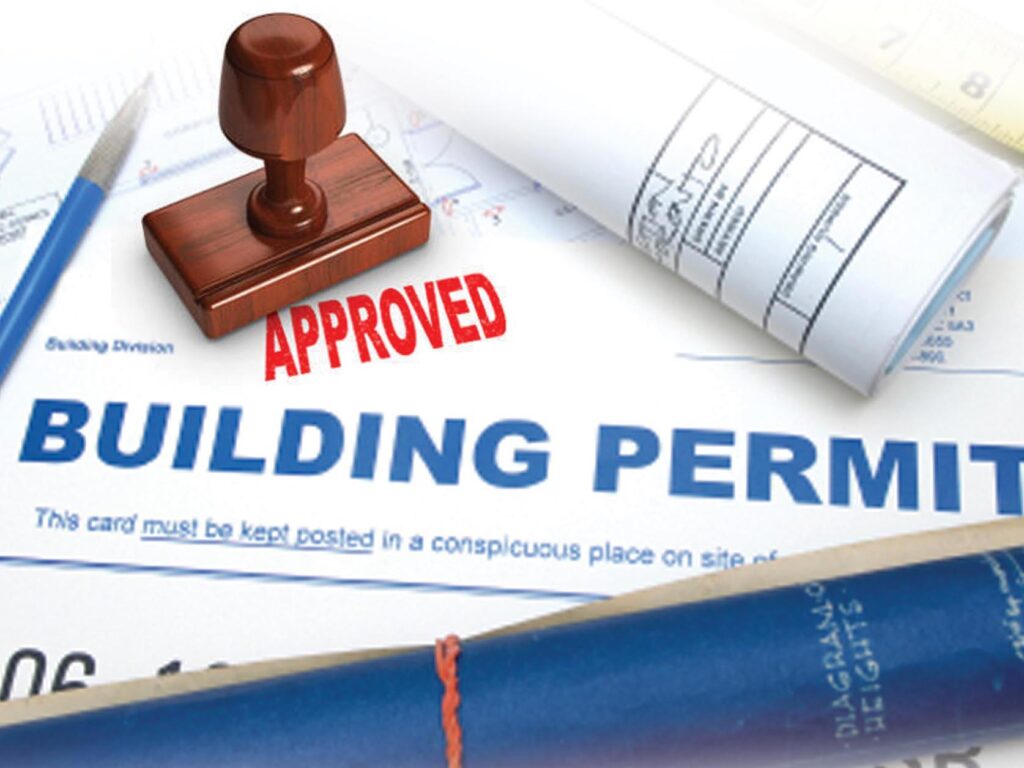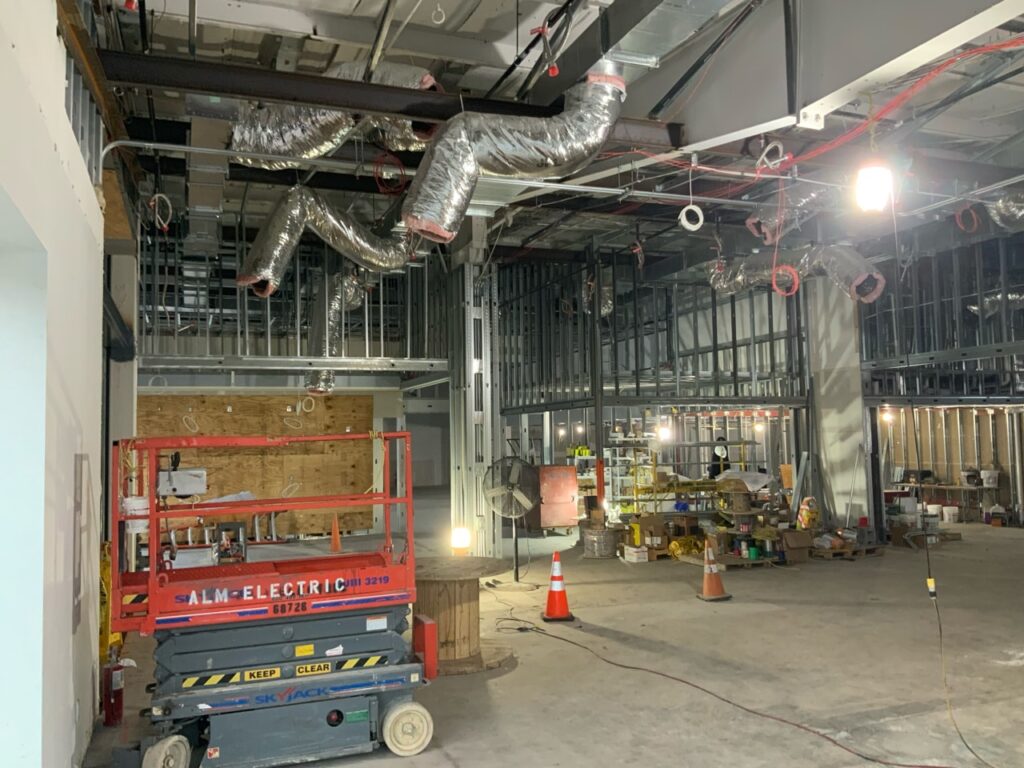
Over the last a few months, we have had a several interviews with potential clients who are looking for help with upcoming facility projects. In each of these meetings we hear similar stories of how they have been burned on previous projects through cost overruns, schedule delays, or just having their project become all consuming, taking their focus away from the daily business. The messages are the same when we’re asked to come into a project mid-stream to help course correct or help get a project across the finish line. Hearing these same messages again and again we thought it would be good to shed some light on these potential pitfalls. Here are five mistakes owners make when building or renovating their facility:
1. Failing to Establish a Realistic Budget
Probably the single biggest mistake we see dealership owners make is in underestimating the cost of building or renovating their facility. Beyond the hard construction costs, there are numerous soft costs. Permit and impact fees, IT and security upgrades, upgrading electrical infrastructure to support EV requirements, furniture fixtures and equipment (FFE), relocation of staff to temporary trailers, potentially relocating to a temporary store and many other considerations. Establishing a realistic overall budget early in the planning process lets our clients have a much better idea of the financial commitment they should be planning for.
2. Not Having a Clear Vision
Another common mistake is not having a clear vision of what the facility should look like and how it needs to function for the day-to-day business. Having a facility that flows well to support the business may seem obvious, but in reality, it isn’t always. Too often we see the manufacturer give the dealer a set of drawings which meets the brand standard, but the Design Intent Document doesn’t fully meet our client’s needs. Sitting down early and establishing a clear vision of how you want and need your facility to function is crucial.
We have seen it in the past where this hasn’t been done. Sure enough, halfway through construction, the management team walks the project and realizes something isn’t going to work for their business. There isn’t a place for someone on the team, or the layout as built is going to decrease efficiency for the team. The project has to stop and make changes mid-stream. We’ve seen projects that have required demo of new construction to accommodate a revised floorplan. It all costs valuable time and money.
That said, there will ALWAYS be small things which will come up. It is expected as we walk through and start to see the new space come to life. Have a clear vision from the start. Work together with the OEM on a design for the facility which both meets their standards as well as the day-to-day functionality requirements of the dealership. This will certainly help minimize big, and potentially expensive, hurdles.

3. Ignoring the Importance of Permits and Regulations
This topic is potentially a great source of frustration, delay, and expense. It is one that owners need to get a clear understanding of as early in the process as possible. Some dealership owners get far down the road with architectural drawings and making all the necessary preparations only to find out that city and country have a lengthy and sometimes complicated permit process.
We have seen general contractors brought on board, and everyone has agreed on the “how much” part of negotiations only to then get hung up with county / city approvals for months upon months. Subcontractors will only hold their numbers for so long before they start asking for more money, citing material and labor increases in the industry. The result is a significant impact to the budget. We work with well established permit expeditors who understand the timelines and requirements of local cities and counties. Their expertise and counsel is always worth their cost when it comes to negotiating the permitting process.

4. Choosing the Wrong Contractor
It seems that almost everyone has a “guy” they know who they feel will offer preferential pricing and pay extra attention to their project. We have seen it time and again. Working with contractors who are inexperienced or unqualified on automotive projects leading to substandard workmanship, delays, and cost overruns. We have elaborated on this topic in previous blog, but it bears mentioning again. We always do the research and thoroughly vet potential contractors who have previous automotive project experience.

5. Not Planning for the Future
We have seen more and more clients start talking about what their future facility needs will be. Driving the discussion is almost always new EV requirements coming down from the OEMs. A recent discussion provides just one example, albeit not the EV discussion you might think.
While meeting with a client who is building a brand-new facility the topic of waste oil storage came up. There was discussion around the table on how much larger the tank should be at the new facility with the planned increase in service volume at the new store. In the end, they decided to leave it at the capacity they originally specified. The reality of the mid to long term business is that demand for onsite waste oil storage will likely plateau and start to decrease as EV becomes a more significant part of the vehicle park.
Speaking of EV, we also advised the client to consider running conduit for future charging stations in the workshop. While it’s not needed today, it’s only an incremental cost in the overall construction budget. When it is needed, it will only be a matter of pulling wires versus having much more invasive work and significant cost later on.
We will discuss future proofing and revisit EV in an upcoming blog but looking at future needs from a much broader viewpoint, every aspect of the dealership’s business needs to be considered and sized for not only their current requirements, but also to allow room for growth without having to undertake additional significant hard construction.
Wrapping it Up
So many times we hear “tales of woe” about previous construction project experiences or when we are brought in to help get projects back on track and across the finish line. Many of these issues could be avoided with time spent at the beginning of a project. It will help avoid these five mistakes owners make when building or renovating their facility.
Have a clear and well thought out vision for what will service the dealership best and still meet the OEMs requirements. Put together a realistic budget that takes into account all the aspects of the project. Work with local and regional government to understand how long it will take and how much it will cost to get all the approvals for the project. Find the right General Contractor for the project. It isn’t always your friend or the company that did a nice job on your home renovation. Plan for the future. If you’re making a significant construction investment in your facility or building a new store, taking the time to consider what the needs of the facility will be 5-10-15 years from now is the right approach, and will save money on facility modifications in the future.


Great Article Martin!